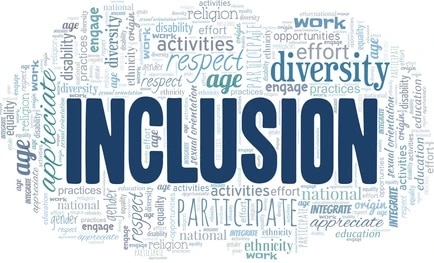
The world is changed, and the way we live and work is changing with it. The time when a fixed set of skills could guarantee consistent employment is almost over. The new skills currency is in our ability to learn and adapt to a constantly shifting and an ever-evolving working environment.
When things can change at a moments notice, those people that are the most adaptive and actively engaged learners are most likely to not only retain their employment but thrive in the kind of environment that puts positive pressure on their abilities and challenges their growth.
But this is not just limited to technical or specialist knowledge, how well a person can understand a company’s values and purpose, and then align with them, while maintaining their own fresh and unique perspective, will also serve as a determining factor for how well they fit in at that organisation.
Learning to learn
Career patterns are diversifying rapidly, as long-term positions are replaced by automation or refusal to pay a living wage. As a result our career paths take a much more winding route to financial security.
Resultant of these rapid changes, people are having to adapt, become more fluid and learn to quickly develop themselves in any direction needed to ensure their security and stability in the workplace.
But again, this is not just about our ability to take in facts, learn functional skills or change to suit any organisation that will hire us. It is about recognising our own inherent abilities and values, so that we may more quickly match ourselves in the direction of growth we naturally seek.
The majority of us have worked a job at some point in our life that we did not like. Outwardly, often no one could tell, but it didn’t leave us feeling valued or fulfilled. When learning to learn, it is important to place your values at the heart of the conversation with yourself, if you don’t, you’ll instead have to stay in a position that forces you to put your own development and growth on the back burner, it is likely your career will stagnant, and you’ll become stuck in that job, or on that economic pathway.
Finding Values role models
Cognitive diversity is important in any organisation, it is what keeps the business fresh and up to date with the culture of the society it rests in. If we want to improve our ability to work with others, we need to look at what the people who share our values or sense of purpose are doing and see what we like and what we feel we could innovate on. It is these collective collaborations that serve to solve any problem facing the organisation, as employees are no longer set to one task, but are challenged to contribute to all aspects of the business, its mission and purpose.
If you are an employee, seek out the people you perceive as successful, and don’t ask them to draw you a map of what they did to get there, but ask them what values they embody and identify with. This will give you a much better blueprint for individual success.
If you are an employer, understand your values and purpose, but create a diverse team of learners that can offer new ideas and perspectives on that purpose. If you don’t champion cognitive diversity, you are preparing yourself to run around in circles always wondering why you organisation isn’t performing at its best and having no one brave enough to tell you the truth.
Challenging purpose
Innovation comes at the boundary of stress and struggle, the more we are pressed, the greater our reaction to alleviate that stress, or find ways of doing things that create less of a struggle. When approaching the values economy, it can be easy to think of alignment as agreement, but this is not always the case.
There is a big difference between disagreement and refinement of values. Employees should serve as whet stones with which to hone and sharpen the quality of the organisation, not destroying existing purpose and values, but challenging them to ensure that they are truly lived, and not just words that pay lip service to a marketing campaign.
When you are able to find people who are active learners, capable of challenging the status quo in healthy and productive ways, it can only have a positive result on organisational identity, longevity and profitably.
SERVICEBRAND
At SERVICEBRAND we can help you identify and implement strategies to find people that have an infinite capacity for learning, people who already have a passion for service and authentic values driven behaviour. Moderated by their own sense of purpose and values that will contribute positively to your organisation in a learn it all way, rather than stagnating with a know-it-all mentality.










